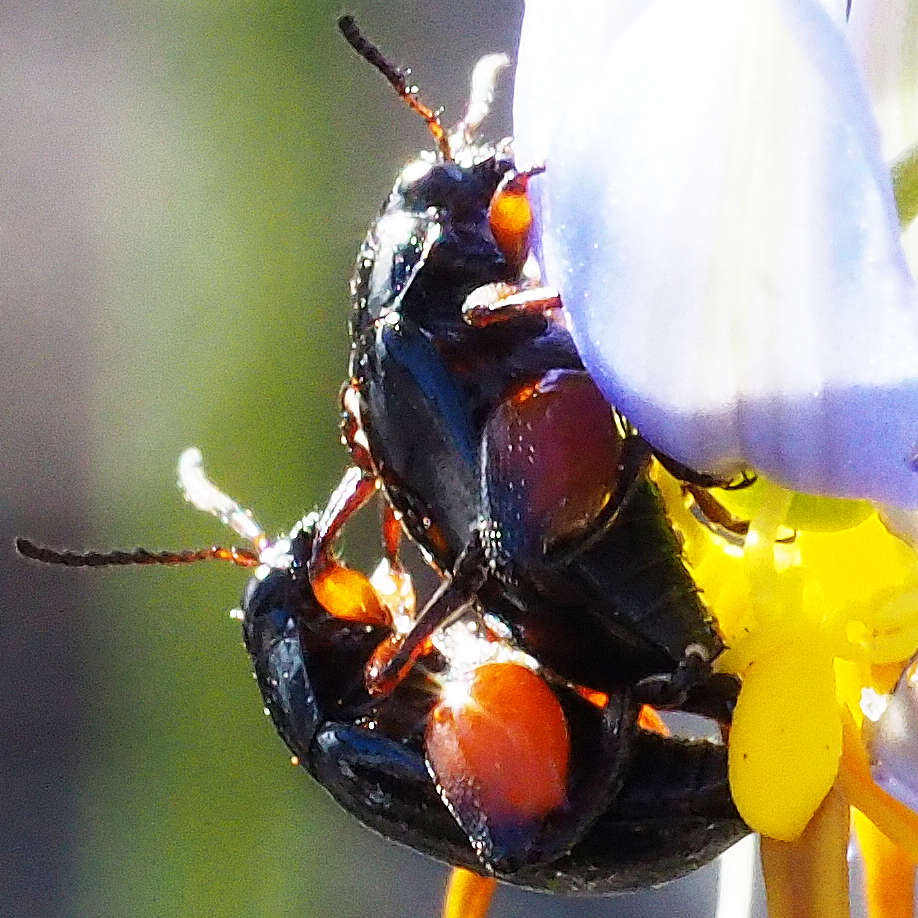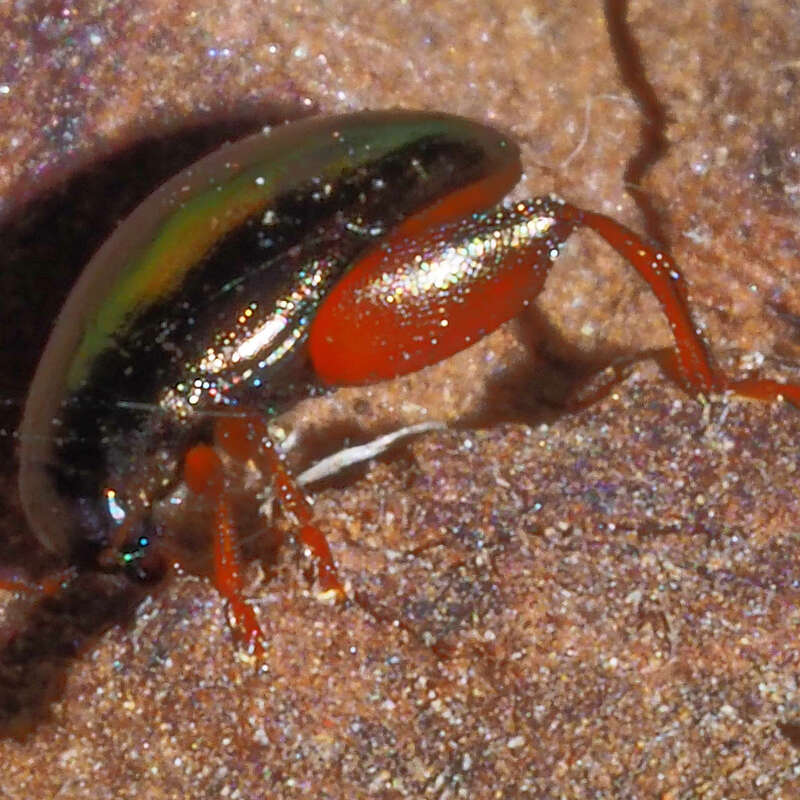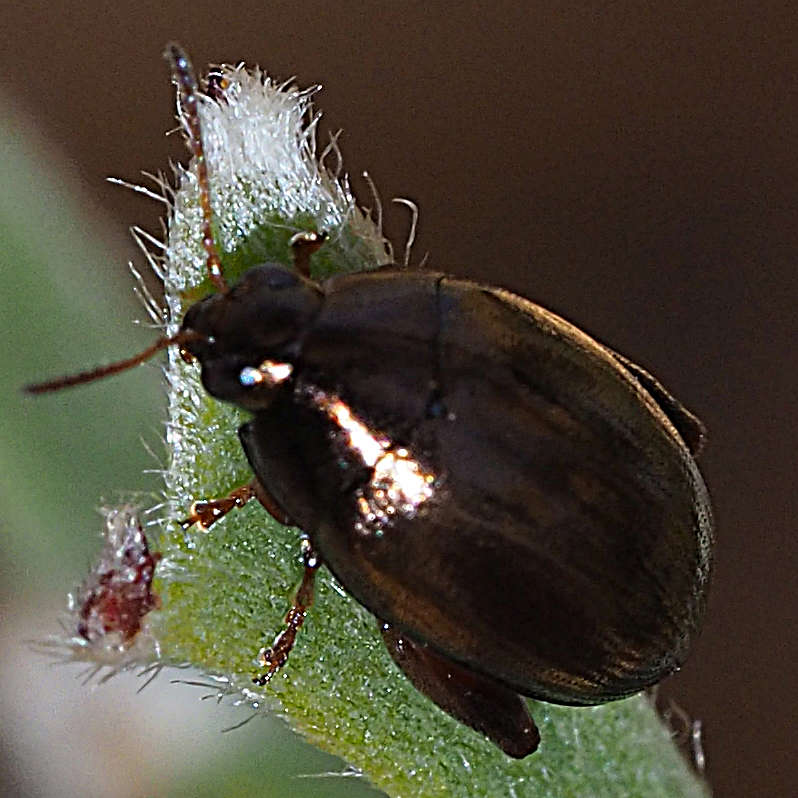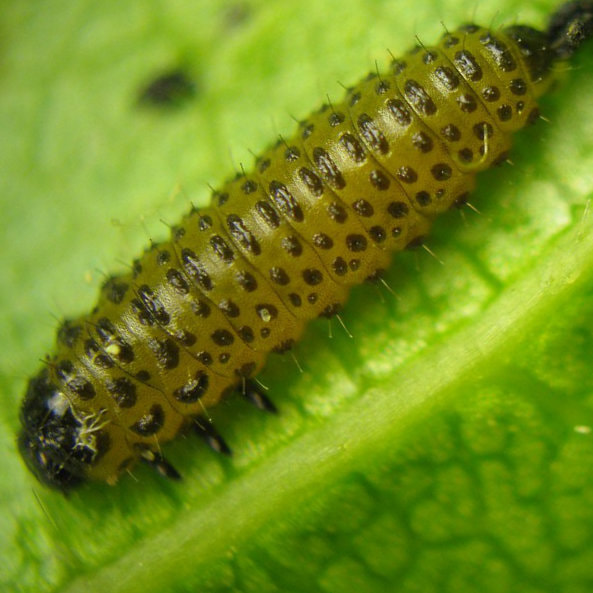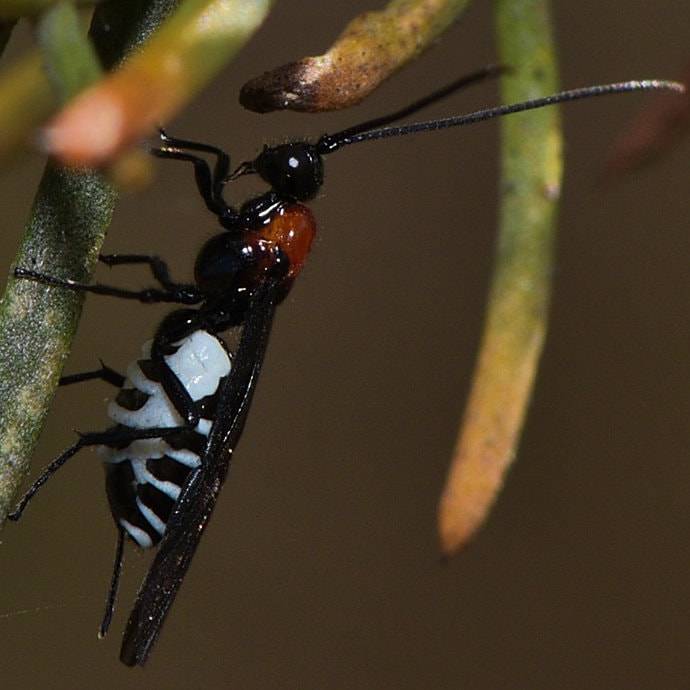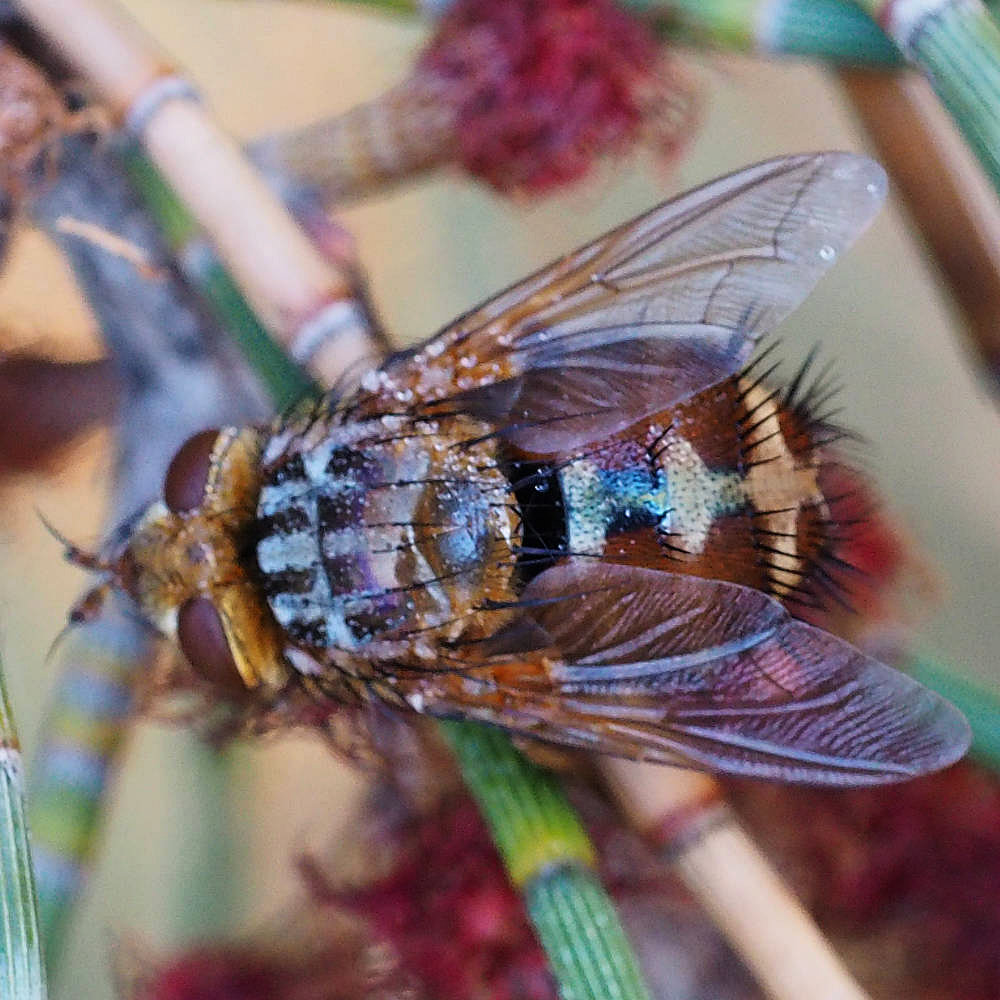Last week I discovered a flea beetle love nest on a Blueberry Lily with at least a 6 pairs mating on the flowers and taking an occasional nip of flower to maintain their stamina.
The flea beetle is a small, jumping beetle of the leaf beetle family (Chrysomelidae), that makes up the tribe Alticini.
I first noticed some last year as ~ 4mm shiny beetles that jumped like fleas when I tried to photograph them. Have a look at the hind leg muscles in the images below -seriously steroidal.
A bit of Googling revealed that they can be pests in the northern hemisphere, and I recognised a picture of a larva as a horrible little grub that shreds marshmallow weed leaves in my back yard each winter. They are welcome to marshmallow but move on to crucifers like turnips and broccoli. I have learnt not to grow turnips or allow marshmallow to germinate in the garden patch before planting broccoli.
